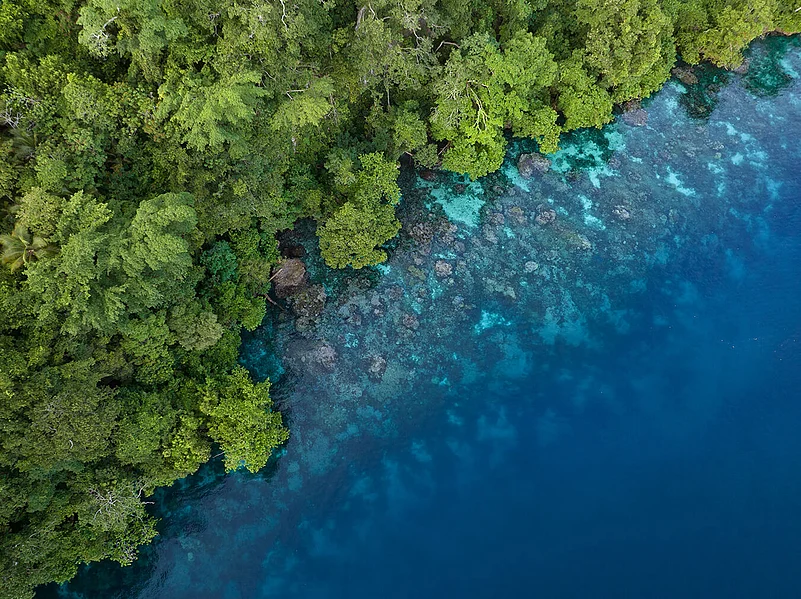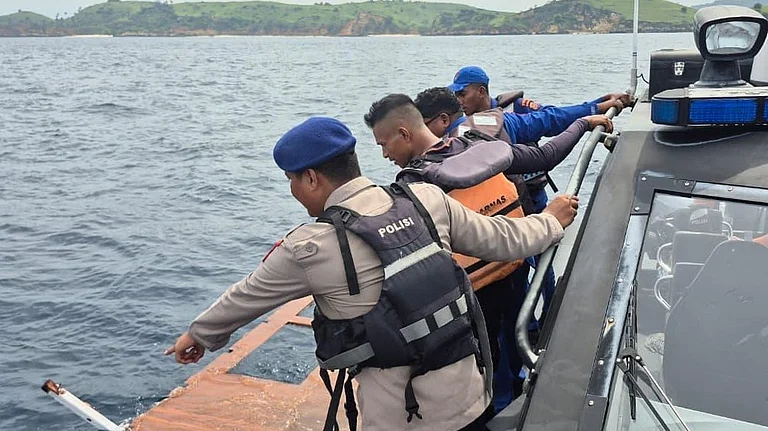Islands have long fascinated scientists and explorers, often seen as "natural laboratories" where species evolve in isolation. These unique ecosystems are abundant in biodiversity and home to many rare species. However, island ecosystems are now under serious threat. A recent study in Nature found that over 20% of the world’s plant species exist only on islands, and urgent action is needed to save them from extinction.
This study is the first of its kind to comprehensively map the global diversity of plant species on islands. The research conducted by an international team of scientists showed that islands are home to 31% of the world’s plant species, of which 21%; a staggering 63,280 species are endemic to these isolated environments. In simpler terms, these species occur nowhere else on Earth. This revelation underscores the urgent need for targeted conservation efforts as island plants face a much higher risk of extinction compared to those on mainland areas.
Why Islands are Crucial to Global Biodiversity
Though islands only make up 5.3% of the world’s land area, they contribute disproportionately to the planet’s biodiversity. They are often referred to as biodiversity hotspots due to the concentration of unique species within these confined spaces. Some large tropical islands, such as Madagascar, New Guinea, and Borneo, serve as prime examples. Madagascar alone is home to 9,318 endemic plant species, representing 83% of its flora.
Similarly, smaller islands like Hawaii, the Canary Islands, and the Mascarenes, although housing fewer plant species overall, still possess a significant percentage of endemic species. For example, Australia’s Lord Howe Island is home to two palms, Howea forsteriana and Howea belmoreana, which provide one of the best-researched cases of sympatric speciation. This evolutionary phenomenon involves species evolving from a common ancestor in the same location, providing invaluable data for evolutionary biologists.
Island plants not only represent biological diversity but also hold cultural and ecological significance. The Norfolk Island Pine (Araucaria heterophylla), though endangered in the wild, is widely known for its symbolic value and is now planted across Australia's beaches. These plants are not just ecological treasures but they are in fact deeply intertwined with the identity of the regions where they grow.
The Extinction Crisis: Why Island Species are More Vulnerable
Island ecosystems are full of diverse life but are also delicate. The same factors that make islands hubs of evolution also make their species more at risk. Factors such as small populations, limited genetic diversity, and specific habitat needs raise the chances of extinction for island plants. Additionally, island species often have unique traits that make them especially susceptible to invasive plants and animals.
According to the International Union for Conservation of Nature (IUCN), 57% of island-endemic plant species are considered critically endangered, vulnerable, or near-threatened. Even more alarming is the fact that 55% of all known extinct plant species globally come from islands. One stark example is Hawaii’s vulcan palm (Brighamia insignis), which is now extinct in the wild but still survives as an ornamental plant in gardens. Unfortunately, not all species have the luxury of such horticultural preservation. For many, extinction in the wild may signify complete and irreversible loss.
Invasive species pose one of the greatest threats to island flora. Many islands lack natural predators or competitors, allowing invasive species introduced by human activities to proliferate unchecked, driving native plants to extinction. Habitat degradation due to human activities like deforestation, agricultural expansion, and tourism further exacerbate the situation. Climate change also plays a critical role in altering the delicate balance of island ecosystems, increasing the risk for species that are already teetering on the edge of extinction.
Conservation is Key
The grim reality of the situation requires immediate and sustained action. Under the globally agreed United Nations target, 30% of the world’s land and oceans should be protected by 2030. However, as of now, only 6% of endemic island plant species occur on islands that meet this conservation target. Regions like New Guinea, Madagascar, and New Caledonia, despite being rich in endemic species, have insufficient levels of protected areas.
Conservation strategies must focus on expanding protected areas, particularly in regions with high numbers of endemic species. Habitat restoration projects, the control of invasive species, and stricter land-use policies must be implemented if we are to prevent further biodiversity loss. This will require not only local action but also global cooperation, particularly in providing the necessary financial and technical resources to developing island nations, which may lack the capacity to effectively manage their unique ecosystems.
Additionally, more research is needed to determine the best conservation strategies for the many plant species at risk. Accurate data on species distribution, population sizes, and threats are essential for developing effective management plans. This is where global scientific collaboration, as seen in this study, becomes crucial. Scientists, conservationists, and policymakers need to work hand-in-hand to create a more sustainable future for island ecosystems.
A Call to Action
The study published in Nature highlights the fragile state of island biodiversity. Without quick action, many species could disappear for good. Islands aren't just scenic spots; they are crucial for Earth's biodiversity and offer important insights into evolution.
For conservation efforts to succeed, there must be a concerted, global effort to protect these unique environments. Time is running out, and the clock is ticking for the plant species that are endemic to the world’s islands. Every species lost is a part of Earth’s natural heritage that we can never recover.
Protecting island plants isn’t just about saving biodiversity. It’s about preserving ecosystems that are essential to our planet’s health and offer valuable insights into nature. Once lost, these ecosystems take with them knowledge and beauty that can’t be replaced. The need to act is urgent, and the stakes are high. The biodiversity crisis on islands shows we can’t wait any longer, and conservation must become a global priority before it’s too late.



























